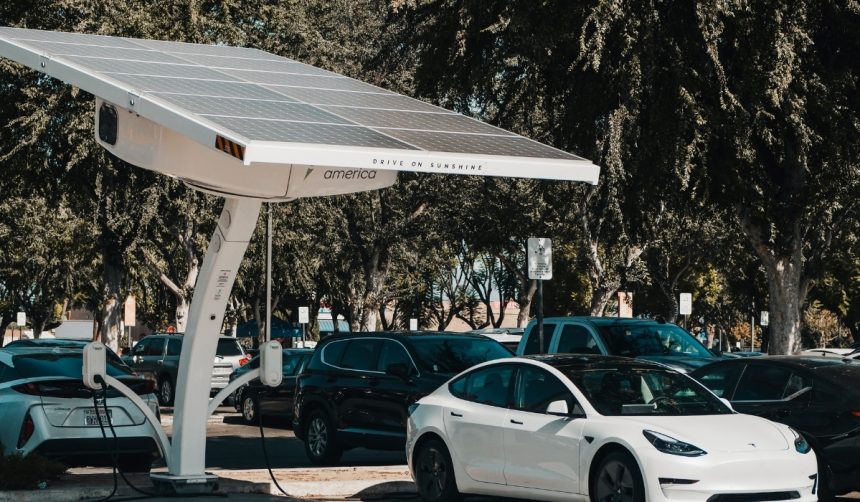Tesla’s vision for humanoid robots entered an unexpected realm when CEO Elon Musk discussed using the company’s Optimus robot for crime prevention. The proposal, reminiscent of the science fiction film RoboCop, positions Optimus as a continuous presence deterring criminal activity rather than a traditional enforcer. Musk presented his concept at Tesla’s Annual Shareholder Meeting, where discussions often stretch into novel territory. As technology and robotics intersect with public safety, questions about ethics and feasibility move to the forefront, and society is forced to consider alternatives to current law enforcement strategies.
Earlier reports about Tesla’s Optimus focused primarily on its use in manufacturing, logistics, and simple task automation. While past commentary revolved around Optimus supporting factory operations or providing domestic assistance, Musk’s recent assertions expand its prospective functions significantly. This pivot toward societal and justice applications marks a departure from earlier industrial ambitions associated with the robot. Public reactions have ranged from skepticism about practicality to curiosity regarding regulatory and legal implications.
How Could Optimus Redefine Law Enforcement?
Musk introduced the possibility of Optimus acting as a non-custodial chaperone for individuals with criminal records. In his vision, rather than incarceration, a person would be assigned an Optimus robot that ensures adherence to the law, thereby obviating the need for imprisonment. He stated,
“If somebody’s committed a crime, we might be able to provide a more humane form of containment of future crime. You now get a free Optimus, and it’s just going to follow you around and stop you from doing crime.”
The underlying idea rests on providing a continuous deterrent without the negative societal and psychological impacts of prison.
What Challenges Might This Approach Encounter?
Deployment of Optimus for this type of surveillance immediately raises concerns regarding privacy, autonomy, and effective crime prevention. Effective programming, technological reliability, and ethical guidelines are critical to ensuring that robots intervene only when necessary. Musk acknowledged the complexity of the issue, highlighting,
“You don’t have to put people in prisons and stuff. It’s pretty wild to think of all the possibilities, but I think it’s clearly the future.”
Deployment scale, public oversight, and acceptance also remain significant uncertainties for such a system.
Could Robots Replace Traditional Punishment Methods?
Tesla’s approach suggests a re-imagining of justice that prioritizes freedom over confinement. Instead of isolating offenders, the company envisions technology regulating behavior in real time. This proposal invites a broader debate around the potential for robot-enabled monitoring systems to foster rehabilitation and lower recidivism, but skeptics highlight the difficulties in balancing safety, civil liberties, and human dignity. Complementary to this, Musk also mentioned ideas involving universal basic income, indicating that Optimus could have far-reaching roles beyond public safety.
By examining these developments alongside existing law enforcement models and early home robot deployments, Tesla’s new approach introduces a bold conceptual shift. Experience with past robotic technology, such as limited police robots for bomb disposal or surveillance, has shown technical and ethical hurdles, particularly concerning real-world unpredictability and public resistance. As a result, the notion of humanoid robots actively deterring or intervening in criminal activity—without replacing human judgment—remains largely speculative. However, considering the continuing pace of innovation, regulatory and ethical frameworks will need to progress in step with technological possibilities. The likelihood of societal acceptance will depend on sustained public dialogue and careful piloting, especially where personal freedoms and safeguards must coexist with automation.










